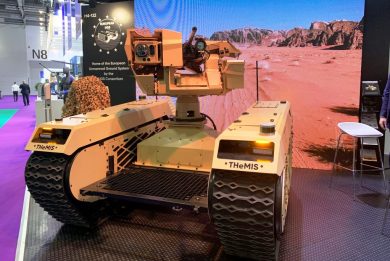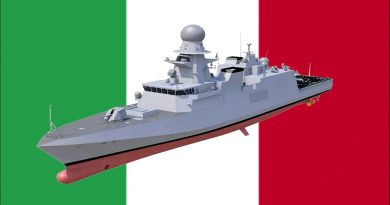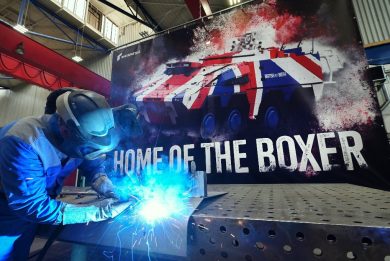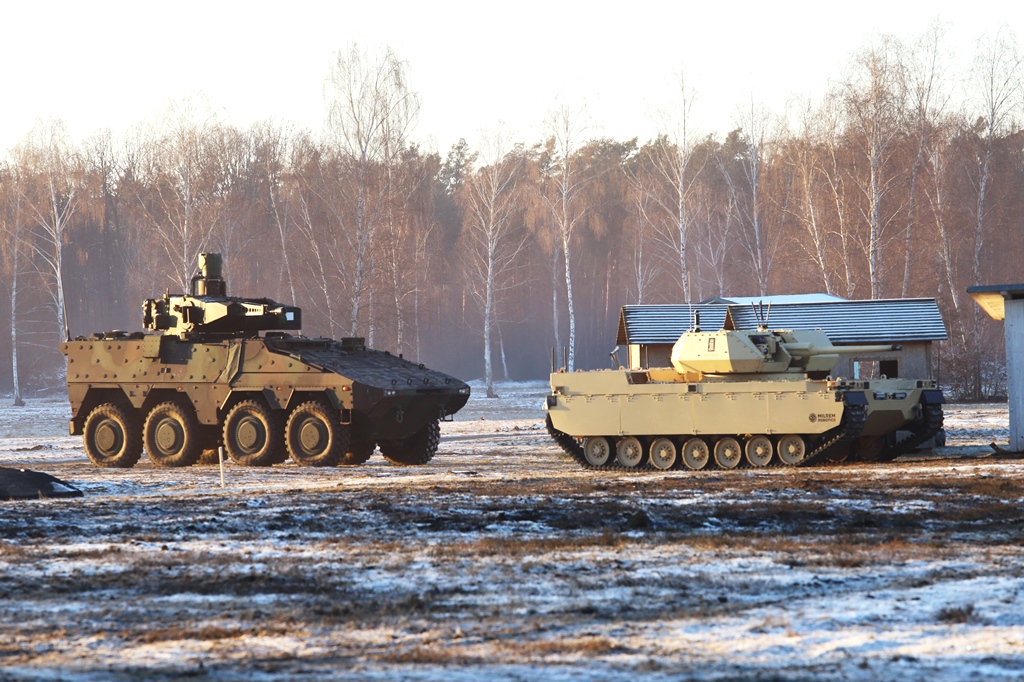
Towards iMUGS II
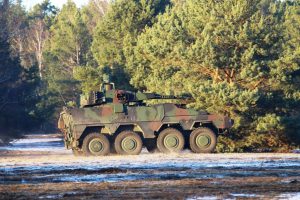
Demo 6 should have concluded the iMUGS project, although during the opening speeches it was announced that a further event would take place in Spain in April 2023. Then the programme will be definitely concluded, however an iMUGS II should materialise in the near future.
“We consider the current iMUGS project a complete success because we managed to come together, to set the requirements, and industry managed to fulfil them, which is the most important thing. Initially we discussed if we could do it, because we had to find the limits of what could be delivered and what not, but right now we are seeing very good results,” Martin Jöesaar comments talking to EDR On-Line. “The big struggle we have now is how to go forward. As usual, before every demonstration, we had yesterday the member states meeting, and we discussed in detail how and what should be the next goal. We clearly understand that the systems we see here today are great, but are on the medium size, designed to support infantry.
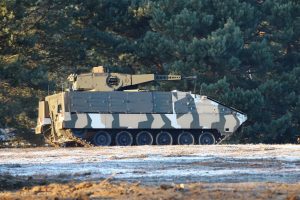
The future iMUGS II will focus on bigger systems, as we need assets that can support motorised and mechanised formations that deploy infantry fighting vehicles, so they will need to have same speed and manoeuvrability. I am not sure we will be able to achieve this in the five years term, but we are definitely aiming for it.” Financing and participation will both be key issues for the future project. “Speaking of iMUGS II, which should likely start in two-years time, we are looking at different financing options, European Defence Funds being one on which we are strongly pushing. We are talking of a project worth 100-150 million Euro, so it will definitely be among the biggest ones. As for participation, the number of member states should increase; beside iMUGS there is an ongoing PESCO UGS project, so for the next phase I am aiming at having 15 or more member states involved, which will also enlarge the industrial base bringing in new capabilities as well as disruptive and innovating technologies,” the iMUGS project coordinator concludes.
Will iMUGS II include weaponised systems? “In iMUGS I we purposely decided not to take in any effector, any weapon system, so missions are purely logistic and ISR, but we are planning the continuation of the programme, where larger systems as well as effectors would become part of the game, like our Type-X. The decision not to have any effector in iMUGS I was largely due to the perception on armed autonomous systems that was prevailing four years ago, when the project was conceived. Some sensitivity is still there, but people start understanding that those systems might save lives. And anyway weapons will remain fully controlled by humans, as there will always be a man-in-the-loop,” Kuldar Väärsi, Milrem Robotics CEO told us.
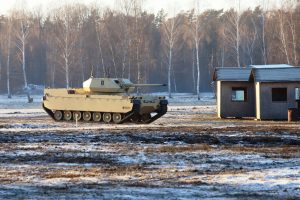
Another key element will be manned-unmanned machine teaming. This was already a topic for iMUGS I, KMW being the responsible company, but it will become even more important in the follow-on phase. “As KMW, we are leading the manned-unmanned teaming subproject, where the manned part starts. We consider that even in the future what will happen with iMUGS assets will anyway start with manned assets, the aim being to extend manned vehicles capabilities with unmanned assets. Therefore manned vehicles will be those that will operate or monitor unmanned systems,” Mathias Nöhl told EDR On-Line at the end of the one-day event. “Looking at Phase 2, this will include heavier unmanned vehicles able to support combat activities for surveillance and reconnaissance, and eventually combat, although the latter will depend on our customers’ strategies. My view is that in the next step we will have to demonstrate how unmanned assets, land and air, can support combat, especially within medium forces formations, as these have a lesser protection compared to heavy forces and must therefore maintain stand-off distance from the enemy,” Mr. Nöhl added.
The second demonstration carried out at the Lehnin military training area was in some sort anticipating iMUGS II, as heavier systems were involved.
Photos by P. Valpolini

